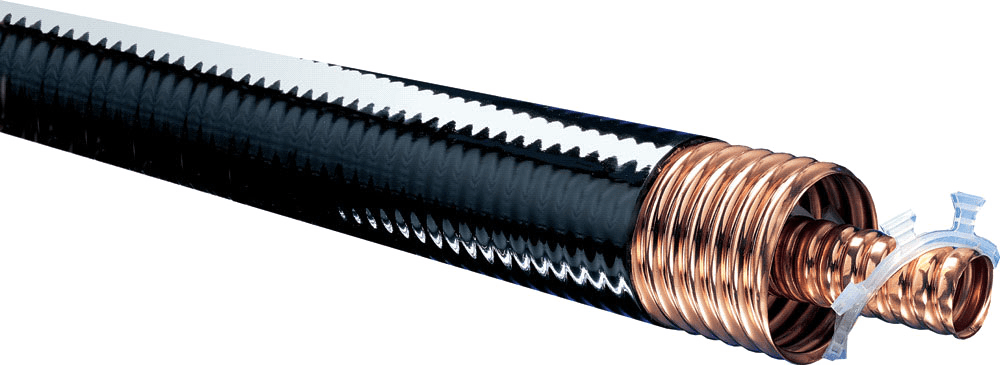mbrooke
Batteries Included
- Location
- United States
- Occupation
- Technician
Hypothetical question: Cost aside, would it be technically possible to operate an underground transmission grid consisting of solid dielectric cables? Burying all transmission lines 500kv and below on the east coast, west coast, UK or European Union as a discussion reference.
Would shunt reactors at each substation be enough to compensate the immense amount of reactive power? Would switching transients and risks of generator pole slipping make it simply physically impractical?
Somehow I have a feeling there are way more theoretical limitations than I am imagining atm. However, the idea of an entire system 120 volts to 500kv being placed underground with brick GIS substations has an allure to me. Outages would go down I would think.
Would shunt reactors at each substation be enough to compensate the immense amount of reactive power? Would switching transients and risks of generator pole slipping make it simply physically impractical?
Somehow I have a feeling there are way more theoretical limitations than I am imagining atm. However, the idea of an entire system 120 volts to 500kv being placed underground with brick GIS substations has an allure to me. Outages would go down I would think.





